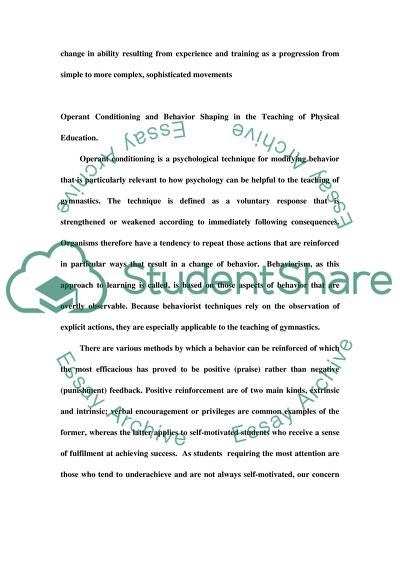Cite this document
(“Gymnastics Essay Example | Topics and Well Written Essays - 1250 words”, n.d.)
Gymnastics Essay Example | Topics and Well Written Essays - 1250 words. Retrieved from https://studentshare.org/education/1516630-gymnastics
Gymnastics Essay Example | Topics and Well Written Essays - 1250 words. Retrieved from https://studentshare.org/education/1516630-gymnastics
(Gymnastics Essay Example | Topics and Well Written Essays - 1250 Words)
Gymnastics Essay Example | Topics and Well Written Essays - 1250 Words. https://studentshare.org/education/1516630-gymnastics.
Gymnastics Essay Example | Topics and Well Written Essays - 1250 Words. https://studentshare.org/education/1516630-gymnastics.
“Gymnastics Essay Example | Topics and Well Written Essays - 1250 Words”, n.d. https://studentshare.org/education/1516630-gymnastics.


